USB ports in cars are designed for low-power tasks and don’t require a constant flow of power. The current is also less than what devices require above 2A, making them charge very slowly. Like fast charging, charging your battery too slowly will quickly damage the battery.

Charging smartphone battery in car is not recommended
Almost all smartphones on the market use lithium-ion batteries instead of the old nickel-metal hydride or nickel-cadmium batteries, which had very limited charging cycles and very short usage times. Lithium-ion batteries have the disadvantage of being sensitive to temperature, so if the temperature inside the car is too hot or too cold, it will affect the life of the lithium-ion battery.
In addition, if they are overloaded (plugged in for a long time), the temperature of the battery increases and can make them susceptible to fire because the organic solvents in their cells are very flammable. This can easily happen if users use inappropriate cables, especially non-genuine charging cables.
Many users use non-genuine charging cables to charge their phones via USB ports. These cables, in addition to charging slowly, also cause problems with the device's circuitry and do not automatically disconnect the charger when the battery is 100% charged, which can eventually degrade the battery and reduce its lifespan.
In the case of wireless charging in some modern cars, most of them use inductive charging protocol, which makes the phone work harder. Plus, it generates more heat and draws more power from the car to charge the battery. According to OneZero's calculations, to charge a phone from 0 to 100%, wireless charging consumes 47% more energy than charging with a cable.
Source link






![[Photo] Prime Minister Pham Minh Chinh chairs the second meeting of the Steering Committee on private economic development.](https://vphoto.vietnam.vn/thumb/1200x675/vietnam/resource/IMAGE/2025/11/01/1762006716873_dsc-9145-jpg.webp)

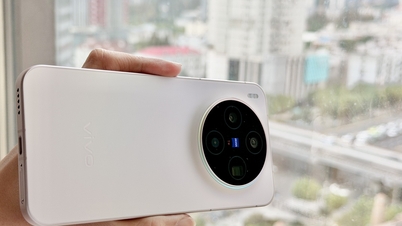
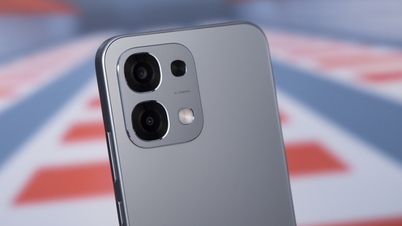


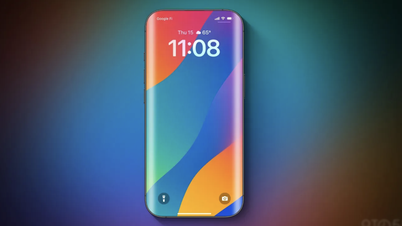

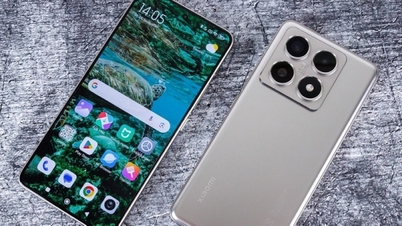


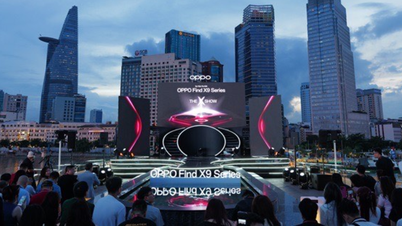
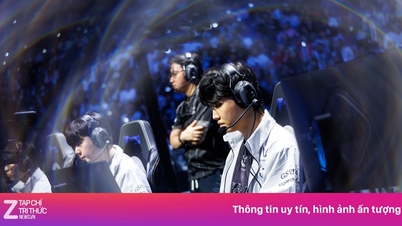



































































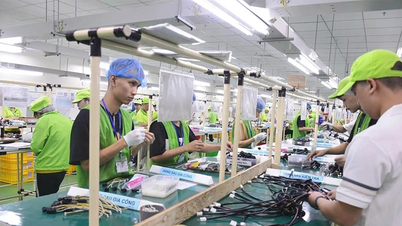






















Comment (0)